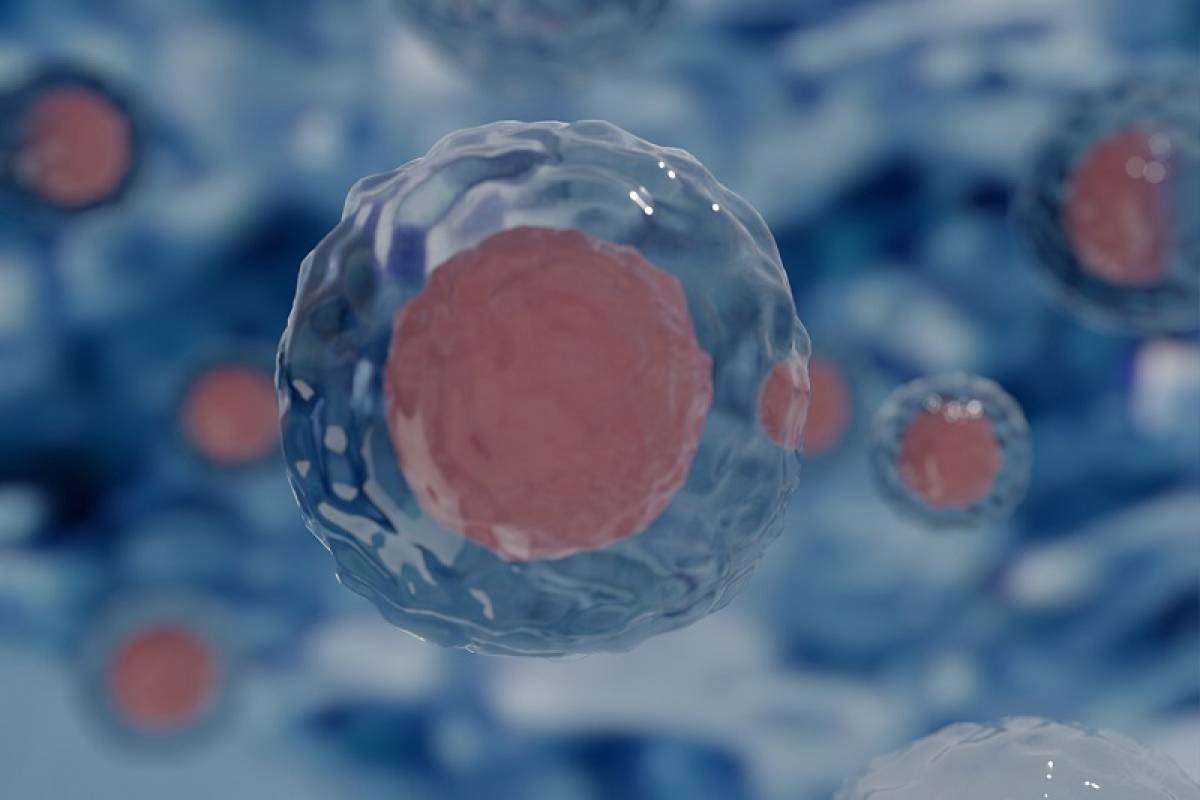What Are Stem Cells and Why Are They Important?

Maybe you've heard of stem cells in the news or read about them in articles.
You may have wondered about these stem cells, including what they are, what they do, and why they’re important.
You might even be interested in learning more about stem cells technologies, such as PXP.
Well, you’re in the right place. Continue reading to learn more.
What Are Stem Cells?
Stem cells are simply the body's raw materials — cells from which all other cells with specialized functions are generated.
A stem cell is a basic unit with the potential to develop into specialized cell types in the body. Under specific conditions, stem cells divide into cells known as daughter cells.
These cells either become new stem cells or become specialized cells with a particular function, such as blood cells, brain cells, heart muscle cells, or bone cells.
Where Do Stem Cells Come From?
Stem cells can come from multiple sources, including adipose (fat tissue), umbilical cord tissue, placental tissue, umbilical cord blood, or bone marrow.
- Embryonic stem cells: These stem cells are derived from blastocysts, which are three to five days old embryos.
- Adult stem cells: Adult stem cells are found in tiny quantities in most adult tissues, such as bone marrow and fat, and have a lower potential to regenerate than embryonic stem cells.
- Adult cells with embryonic stem cell characteristics (induced pluripotent stem cells): Scientists have successfully turned ordinary adult cells into stem cells through genetic reprogramming. Researchers can reprogram adult cells to have the capabilities of normal stem cells by modifying their genomes.
- Perinatal Stem Cells: Researchers have detected stem cells in amniotic fluid and umbilical cord blood during pregnancy. These stem cells can separate into many types of cells.
Stem Cells Technologies (PXP)
The PXP system is a key example of stem cell technology. This is an automated, sterile bone marrow separation and concentration system, which reliably depletes red blood cells from the initial patient bone marrow aspirate and provides an enriched stem cell bone marrow concentrate.
Cell therapy technologies like PXP have the potential to aid in the extraction of stem cells from humans.
PXP offers a novel method for decreasing red blood cell contamination in the final bone marrow concentrate, while preserving high hematopoietic stem and progenitor cell populations. But, keep in mind that the system is still in its early phases.
Some features and more information on PXP:
Effective Automation
Without cell separation media or sedimentation agents, the technique achieves excellent stem and progenitor cell recoveries with negligible residual red blood cell contamination.
Simple and Fast
Get quick bone marrow concentration in less than 20 minutes using an automated sterile system that can simultaneously process numerous bone marrow units.
Accuracy
Using a unique infrared sensor tower, the device can extract an exact amount of cell concentration from a sample of bone marrow aspirate.
Consistent Quality Assurance
It maintains superior documentation through the use of the DataTrak program, which enables fast and precise data tracking and documentation for each bone marrow sample handling.
Stem Cells Uses
It is not yet fully clear to what extent stem cells can and cannot help, but research in this field is ongoing and looking into the many ways to put stem cells to beneficial use.
Some possible uses of stem cells include tissue regeneration, which is probably the most important use of stem cells. Stem cells have been used to replace cells damaged by chemotherapy or disease.
Stem cells also serve as a way for the donor's immune system to fight some types of cancer and blood-related diseases, such as leukemia.
Scientists are excited about the many possible uses for stem cells. We’ll just have to wait and see the full spectrum of what good can come from all the possible applications of stem cells.




















